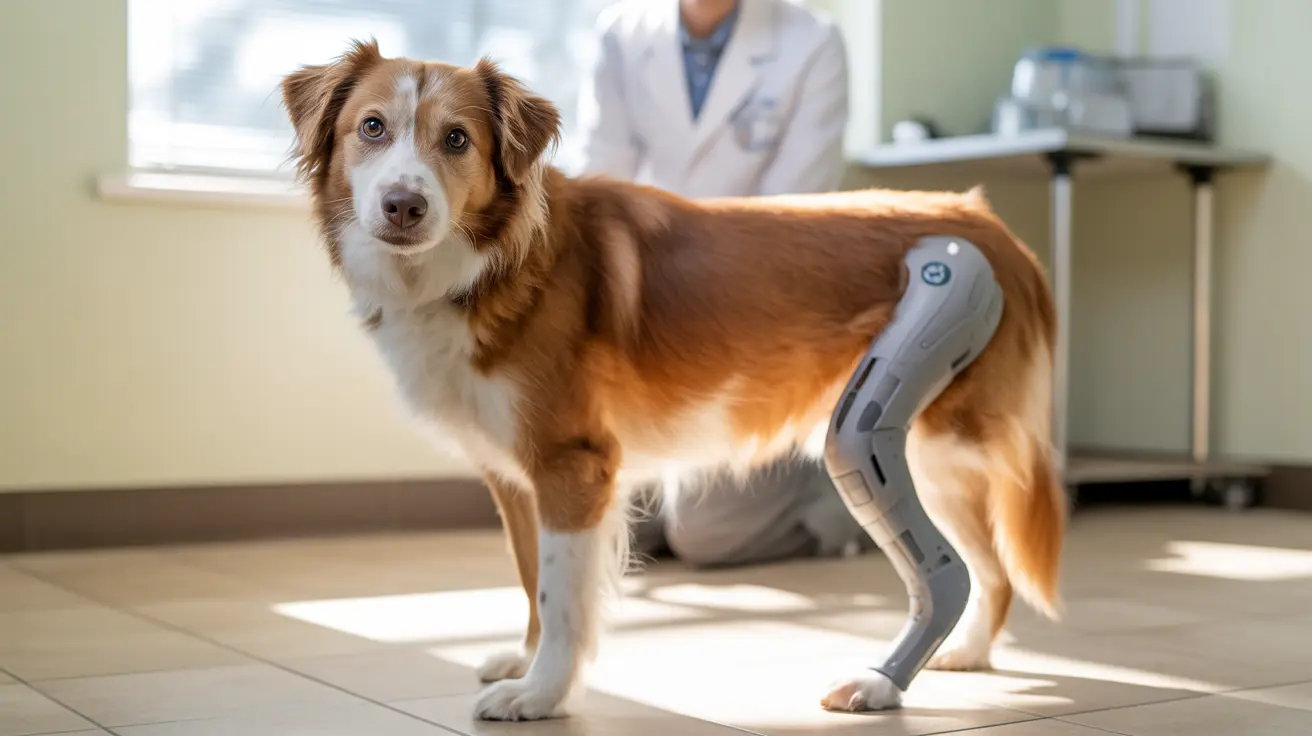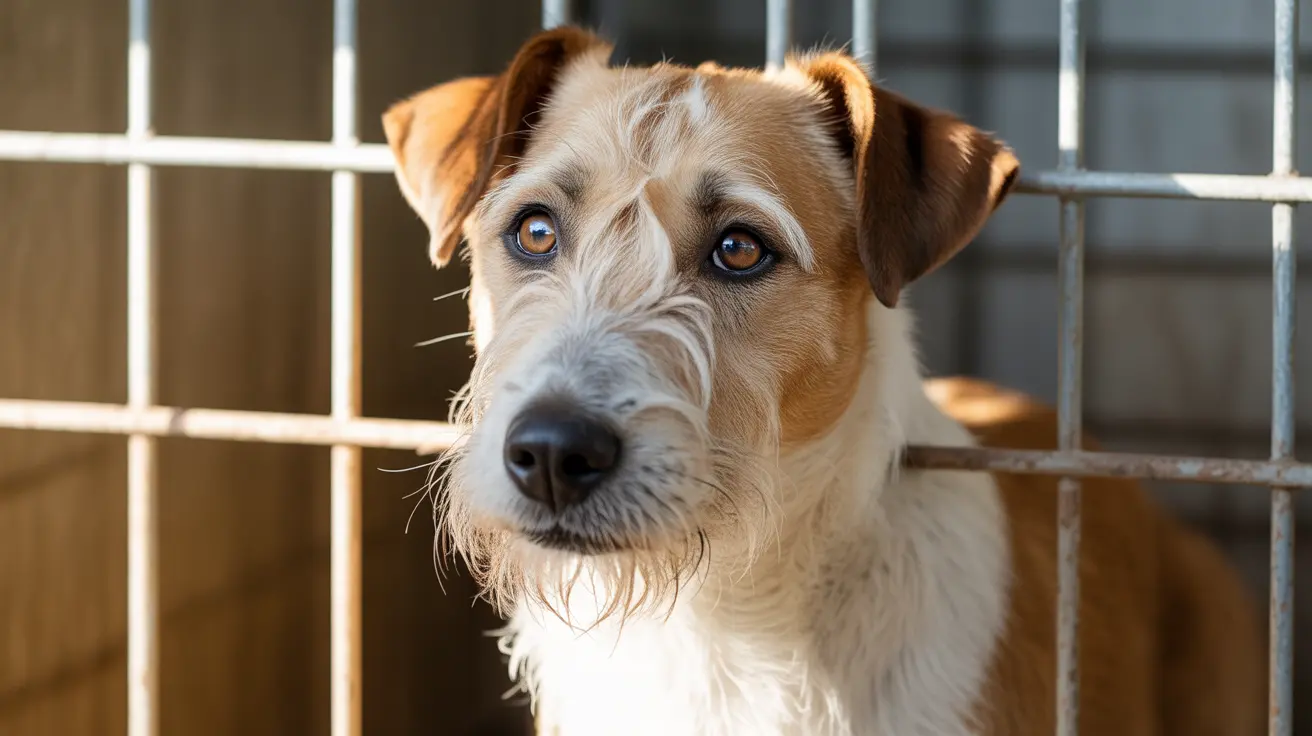What Dogs Think and Feel During Car Rides
For many dogs, hopping into the car is one of the most exciting parts of the day. But what exactly runs through their minds during those rides? Understanding a dog's experience during car travel gives insight into their behavior, instincts, and emotions. From sensory overload to social bonding, car rides present a unique blend of stimuli that many dogs find irresistible.
The Scent Symphony: A Dog's Superpower
Dogs possess an extraordinary sense of smell, equipped with hundreds of millions of scent receptors—far more than humans. When a dog rides in a car, especially with the window down, it experiences a constantly changing stream of scents.
- New odors from different environments such as food, other animals, and plant life
- Scent markers left by other dogs
- Familiar smells reminding them of previous outings
This olfactory rollercoaster offers mental stimulation and contributes significantly to their love for car journeys.
The Car as an Extension of Home
Within the car, dogs see familiar faces and belongings, such as their owner and a favorite blanket. This creates a sense of security. The vehicle becomes a mobile territory—a space they are comfortable in and might even feel compelled to protect.
Movement Triggers Instincts
Riding in a vehicle taps into a dog's primal instincts. Specifically:
- Speed and motion replicate the thrill of chasing prey.
- Pack dynamics come into play as they travel with their 'human pack.'
As they see bicycles, other animals, or vehicles rushing by, some dogs respond with barking, alertness, or tail wagging, interpreting these as potential prey or excitement-inducing stimuli.
Visual and Experiential Variety
Unlike the familiar sights of the home or backyard, car rides expose dogs to a diverse array of visual stimuli. This aligns perfectly with their innate curiosity and love of exploration. They might see:
- Parks and open spaces
- Other animals and people
- New settings like beaches or forests
Such changing scenery keeps them mentally engaged and emotionally stimulated during the ride.
Positive Associations and Conditioning
Dogs associate car rides with enjoyable experiences. If car travel is often followed by:
- Trips to the park
- Visits to friends or family who offer treats
- Outdoor adventures
Then dogs start to look forward to those cues. For instance, the jingle of car keys may trigger excitement because it signifies fun is about to begin.
Quality Time and Social Bonding
Dogs are highly social animals that prioritize companionship with their human over relationships with other animals. A car ride equals undivided time with their favorite human, which enhances their feelings of inclusion and affection.
Not All Dogs Enjoy Car Rides
Despite the positives, not all dogs are fans of car travel. Some may feel:
- Anxious or motion-sick due to unfamiliar movement
- Fearful because of past associations with vet visits or being left at a kennel
In such cases, building a positive relationship with the car should be gradual:
- Start by letting the dog sit in a parked car.
- Use treats and praise to create positive associations.
- Take short rides and gradually increase the duration.
Using comfort items like toys or blankets and maintaining a calm demeanor can help ease anxiety. Never force a ride, and make every effort to ensure the experience is pleasant.
Safety First
While fun and engaging, safety should be a priority. Ensure the trip is secure for your canine companion:
- Use a harness or a secured crate/seat belt
- Do not allow dogs to hang their heads out the window—this can be dangerous
- Keep the car at a comfortable temperature
These measures ensure your dog not only enjoys the ride but does so safely.
Conclusion
Dogs think and feel a lot during car rides—they are stimulated by smells, intrigued by sights, comforted by social contact, and driven by instinct. For most, it's a sensory-rich adventure shared with their favorite person. Understanding what makes car rides enjoyable or stressful can help owners tailor the experience, enhancing not only the dog's well-being but also strengthening the human-canine bond.





